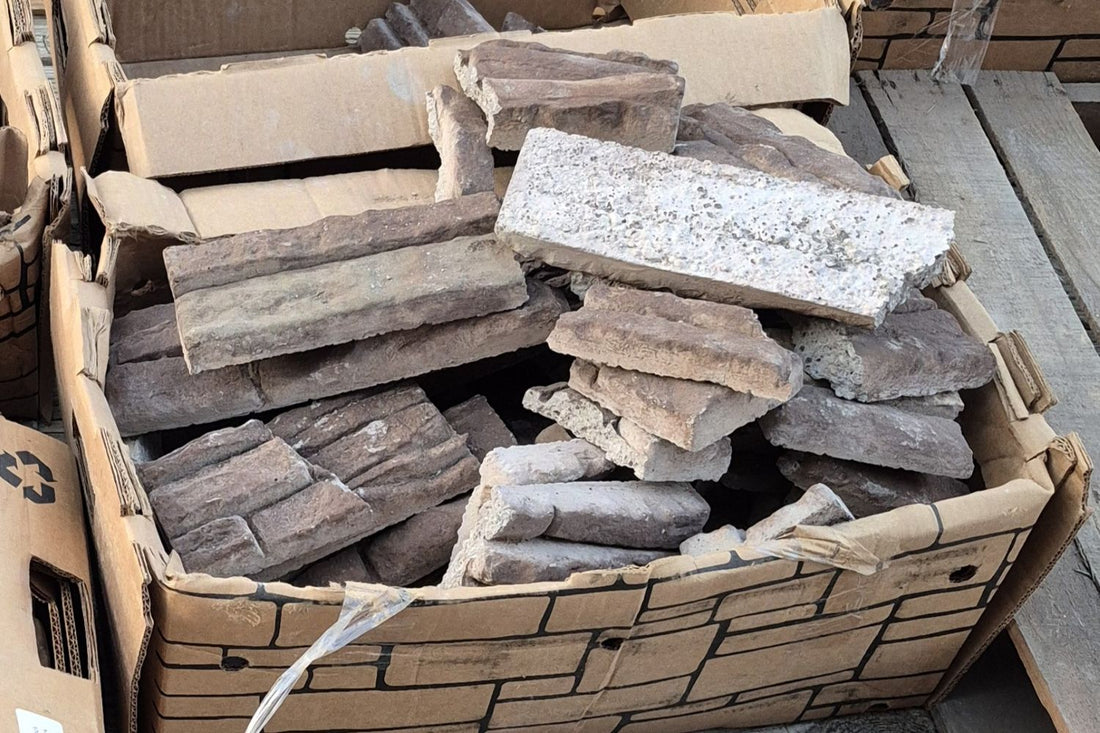
Does Stone Veneer Break During Shipping?
Share
If you're planning to order manufactured stone veneer for your next renovation or construction project, you might be wondering if the stone survive the shipping process intact? It's a common and reasonable concern, after all, manufactured stone veneer is made from a mix of lightweight concrete and natural pigments. While it’s surprisingly durable once installed, it’s not indestructible during transit. Here’s what you need to know about breakage during shipping, why it happens, how often it occurs, and, most importantly, what you can do to handle it.
Does stone veneer break during shipping?
Yes, it can, but it’s usually minimal and manageable. Even though manufacturers and suppliers take great care to package stone veneer securely (using reinforced boxes, pallets, shrink wrap, and foam spacers), breakage can still happen. This is especially true when shipping long distances, using third-party freight companies, or dealing with rough handling during loading and unloading. Manufactured stone veneer is strong, especially when installed, but individual pieces, especially thin corners or large flat-faced stones can crack or chip if dropped or knocked against one another in transit.
How much breakage is normal?
Most suppliers expect and account for a small percentage of breakage, usually under 5% of the total order. This is why the industry standard is to recommend ordering 10-15% overage on top of your measured square footage. This extra material not only compensates for breakage but also accounts for cutting waste and future repairs. In most cases, minor chips or cracks don’t render a stone useless. Broken pieces can often be trimmed and used in smaller sections, such as edges or corners. Skilled installers know how to make the most of every piece, even the imperfect ones.
Minor damage isn’t a setback
While it’s easy to be concerned when you see a cracked or chipped stone, minor damage is rarely a serious problem, especially for professional installers. Here's why:
1. Trimmed use: many damaged stones can still be cut and used in smaller areas, such as tight fits, corner returns, or around outlets and fixtures.
2. Hidden placement: slightly damaged stones can often be installed in less visible locations or at the base of walls where imperfections won’t be noticed.
3. Blending with mortar: in some cases, a chipped edge can be concealed with mortar or grout during installation.
4. Built-in variation: stone veneer is designed to look like natural stone, which includes imperfections. Small blemishes often add to the overall authenticity of the finished wall.
In other words, don't panic if a few pieces show up with cracks or chips, they’re usually still usable and may not affect the final appearance at all.
How to handle breakage during shipping
If you do receive your stone veneer shipment and notice broken pieces, here’s how to deal with it:
1. As your order is being delivered, open the packaging and inspect the contents. Take clear photos of any visible damage and note the condition of the boxes or pallets. Look for cracked or broken pieces, damaged corners or chipped edges, wet or crushed packaging (which may indicate rough handling).
2. If you suspect damage happened during shipping, first and foremost note the damage with the shipping company at the time of delivery. Take detailed photos before moving or unpacking the materials. Make sure to capture the damaged product, the packaging condition, and any visible freight company labels. This documentation will be helpful if you need to file a claim with the shipping company (via the supplier).
3. Contact your supplier or distributor right away. Most companies have a window, often 24 to 48 hours, for reporting shipping damage. Provide them with photos and your delivery information. Most reputable suppliers have dedicated customer service teams to assist with shipping-related concerns. Send them the photos you’ve taken along with your order number and any other relevant details, they’ll review the information and advise you on the next steps to resolve the issue.
4. As mentioned above, in many cases, broken pieces aren’t a total loss. Your installer can often cut or trim them for use in less visible areas. If you planned for overage, you’ll likely still have enough to complete your project without delay.
Tips to minimize issues
1. Order from a trusted supplier with experience in packaging and shipping manufactured stone veneer.
2. Have the delivery sent to a location with equipment (like a forklift or loading dock) to safely unload pallets.
3. Plan ahead and factor in a buffer time for potential reorders, especially if your project is on a tight timeline.
4. Order extra material (10-15% overage) to reduce the risk of running short due to breakage or cutting waste.
Does stone veneer break during shipping
While manufactured stone veneer can occasionally break during shipping, it’s usually a minor issue and well within industry expectations. With proper planning, a small amount of overage, and prompt communication with your supplier, you can handle any damage with minimal stress, and keep your project moving forward smoothly. Have questions about shipping stone veneer? Reach out to your supplier before placing your order so you understand their packaging standards, damage policies, and overage recommendations. A little preparation goes a long way toward a hassle-free installation.
What's next?
Turn your vision into reality with our premium stone veneer! Shop now to explore the ideal style or order a sample to see and feel the texture and color firsthand. Start your project today!
Have a question?
Please see our full terms of service.
For general information and questions please call: (864) 882-8960 Mon. - Fri. 8am - 5pm (EST) or email: info@mountainviewstone.net we are more than happy to help you.
Or you can submit your questions via our contact us page.
We look forward to working with you on your upcoming project.
The Mountain View Stone Team

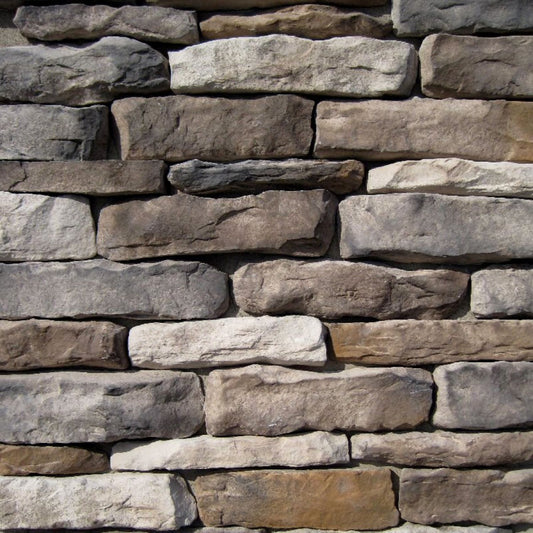
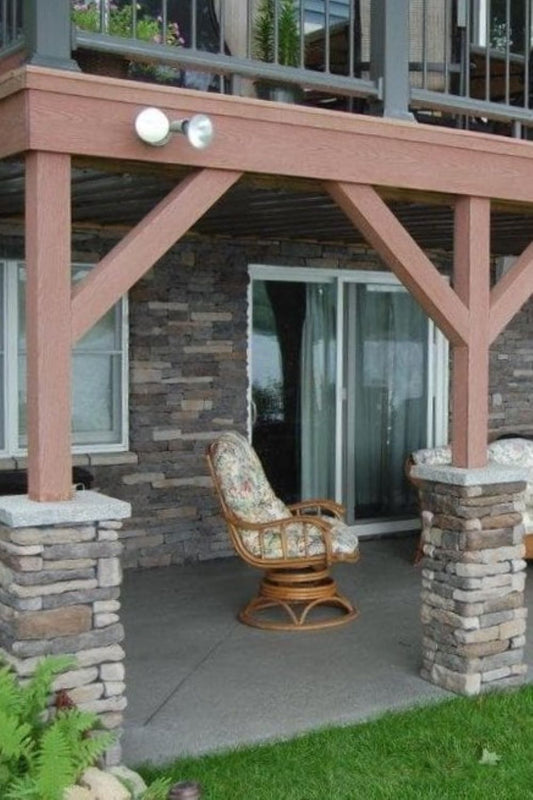
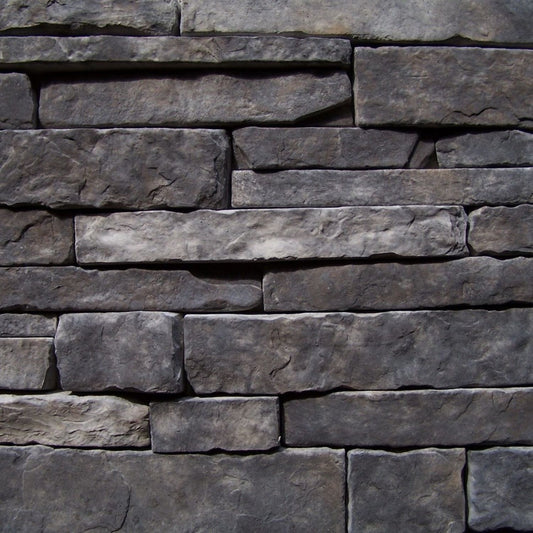
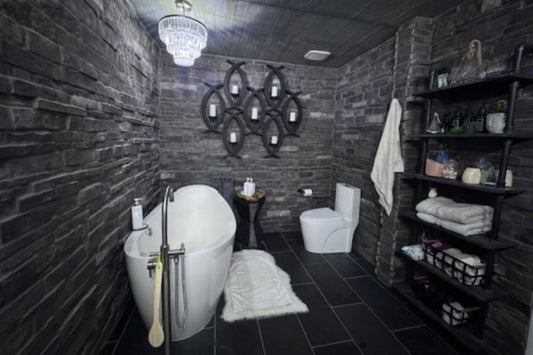
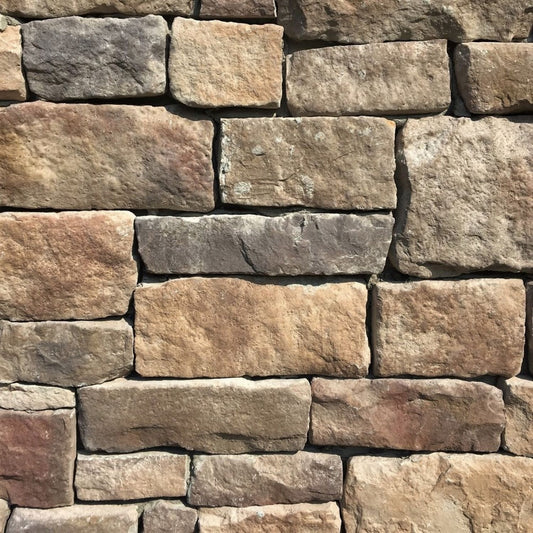

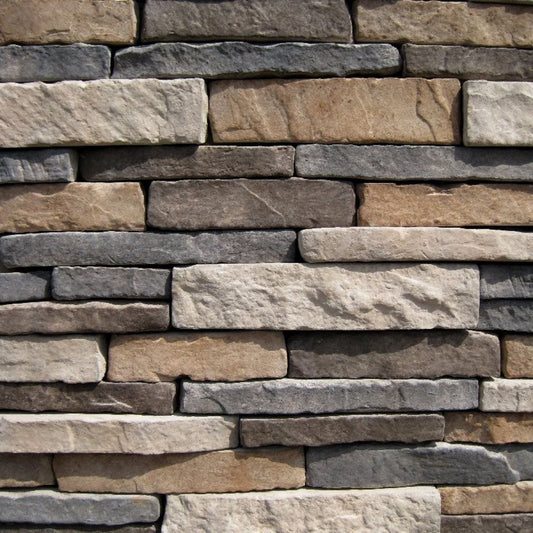
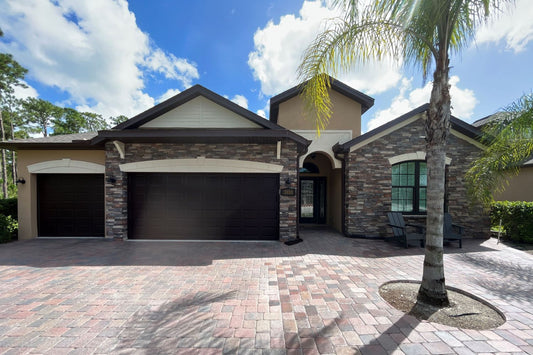
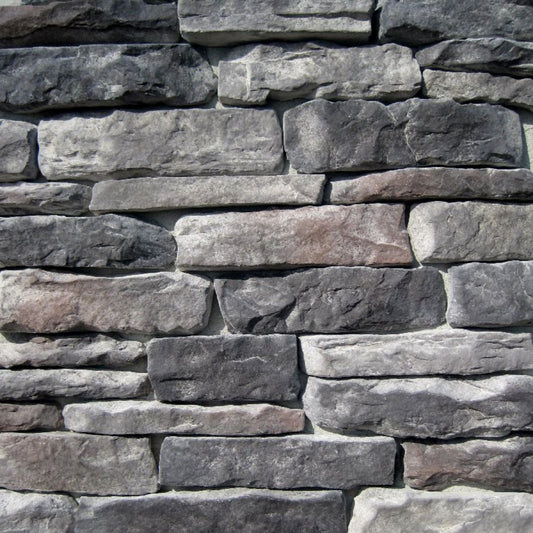
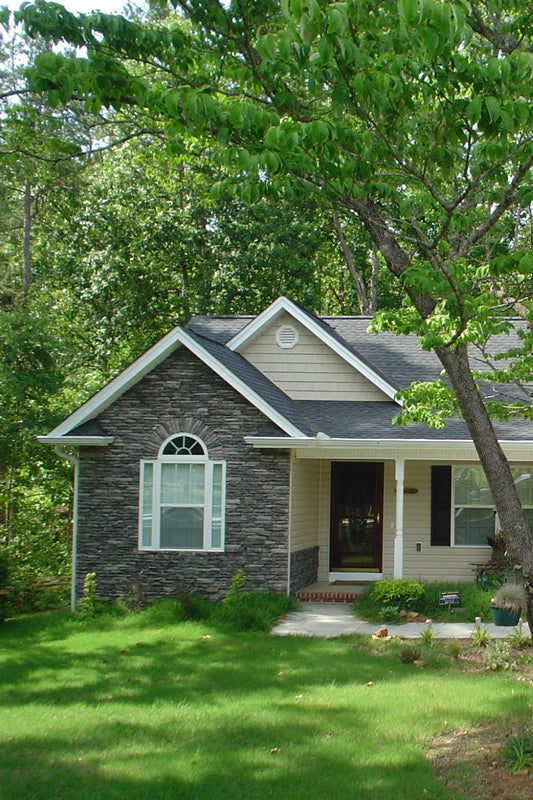
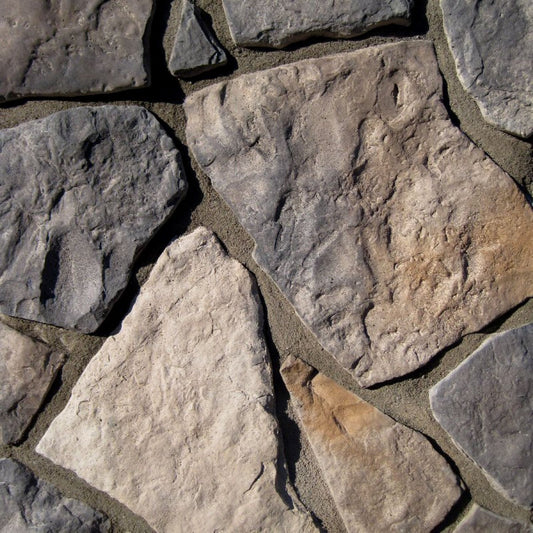
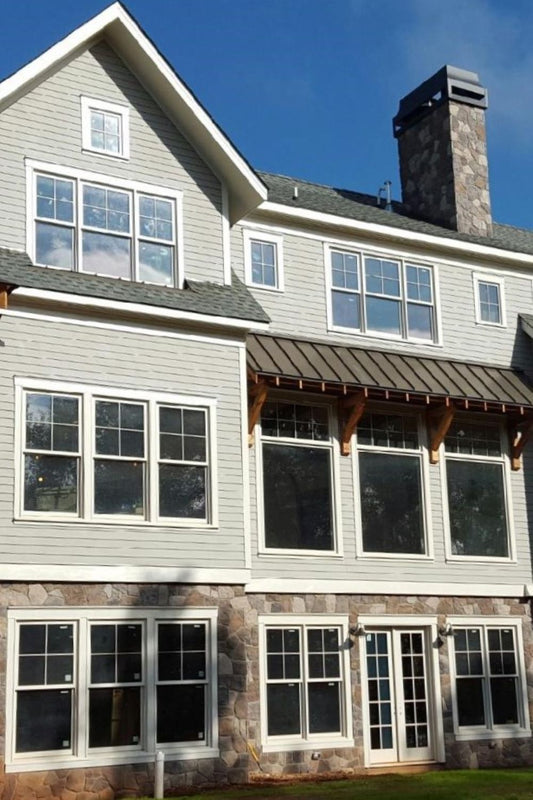
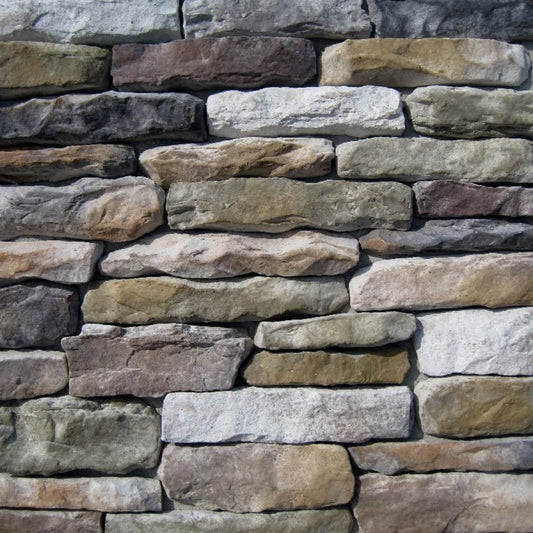
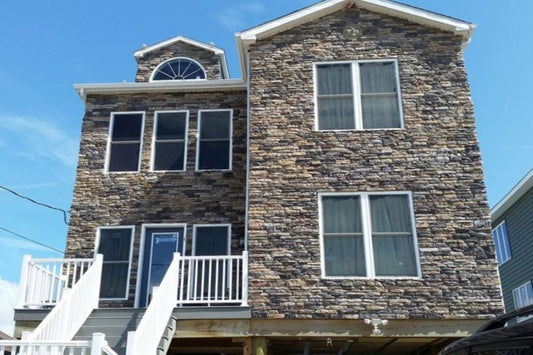
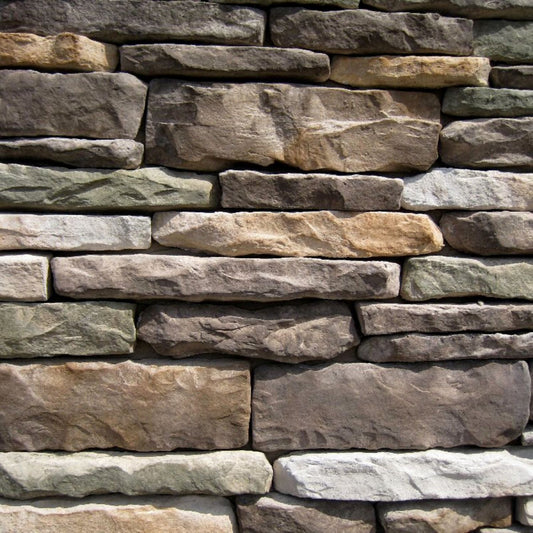
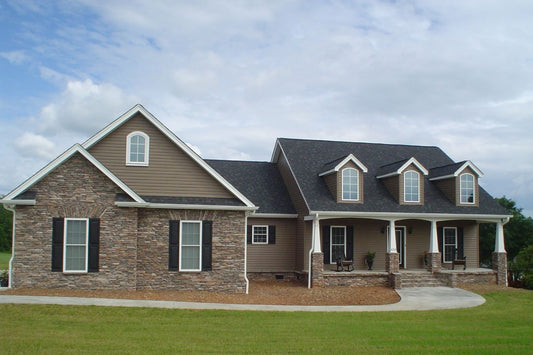
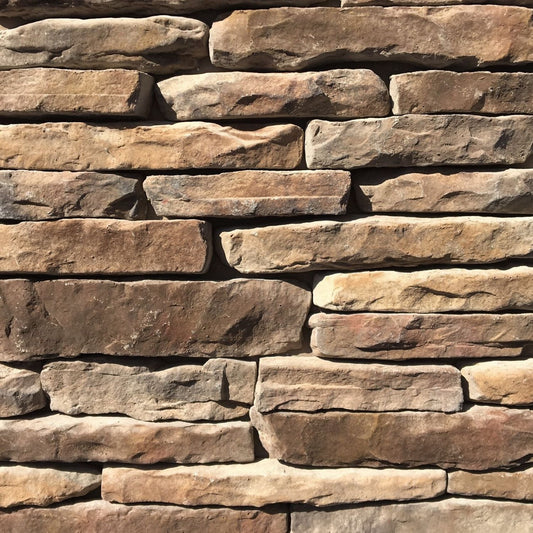
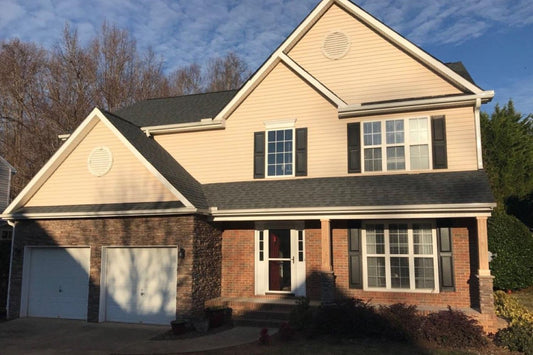
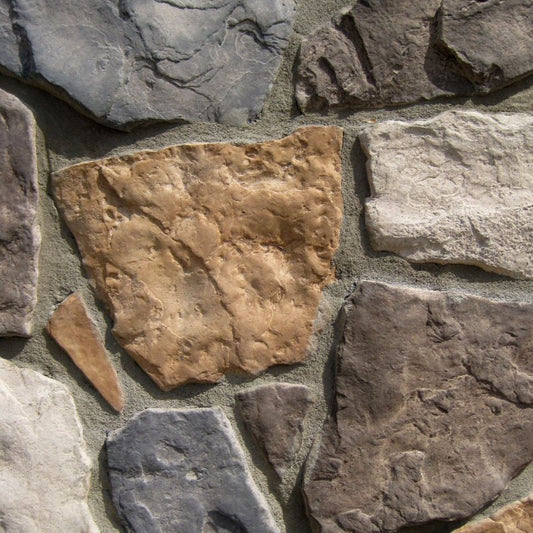
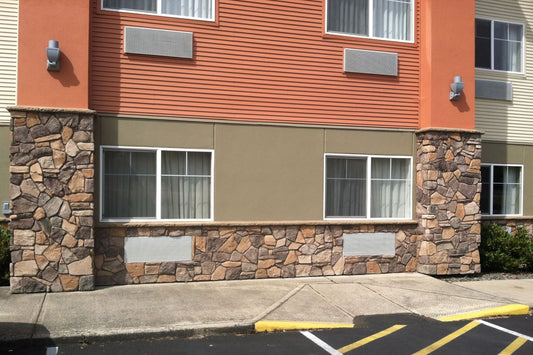
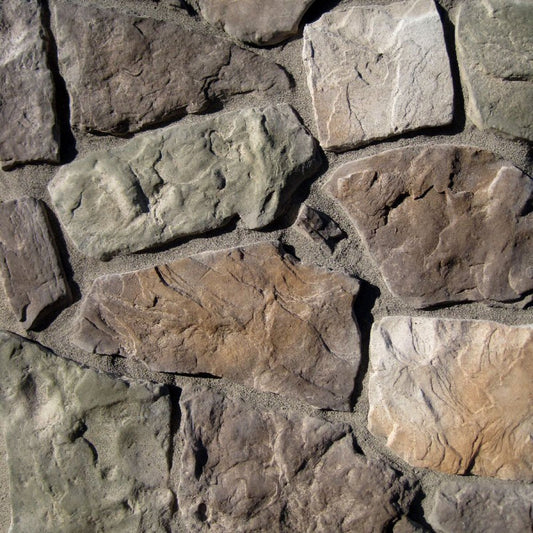

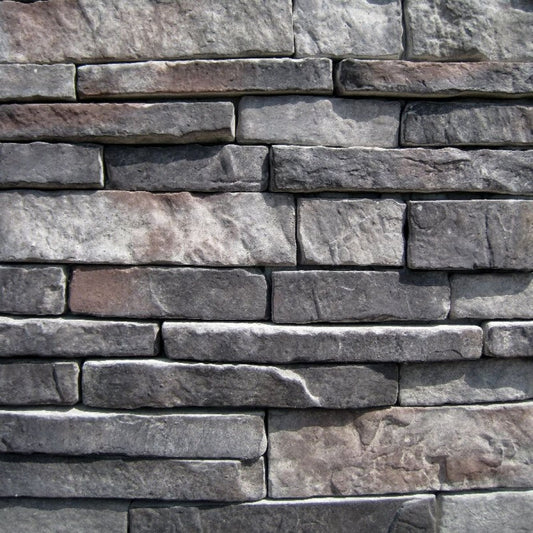
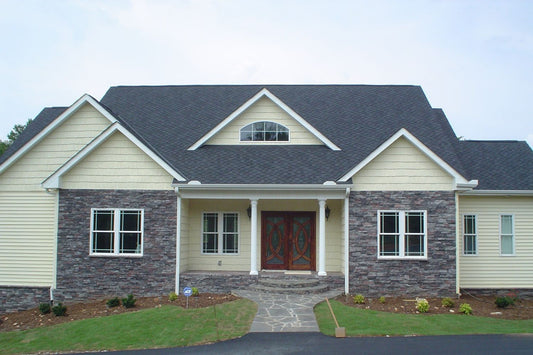
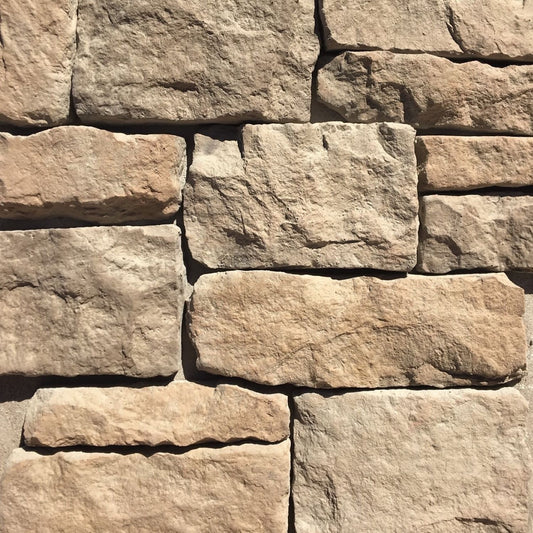
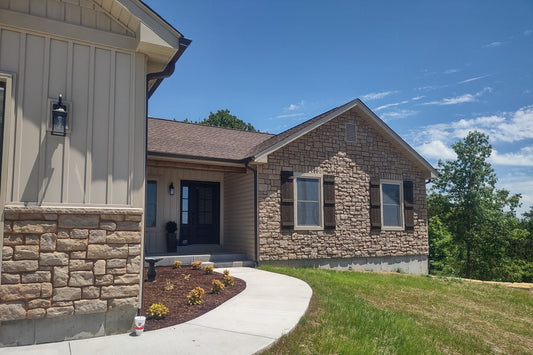
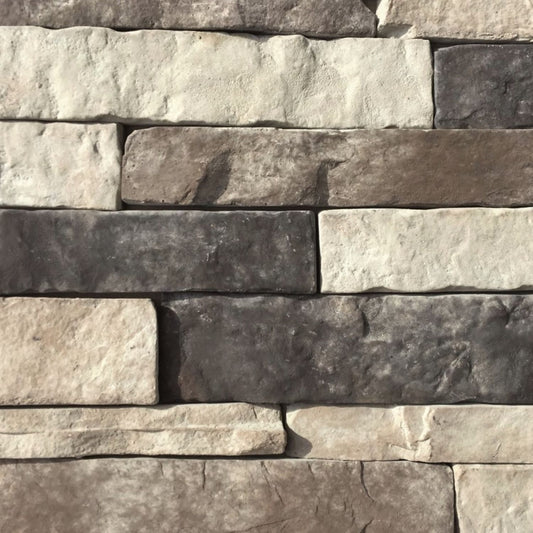
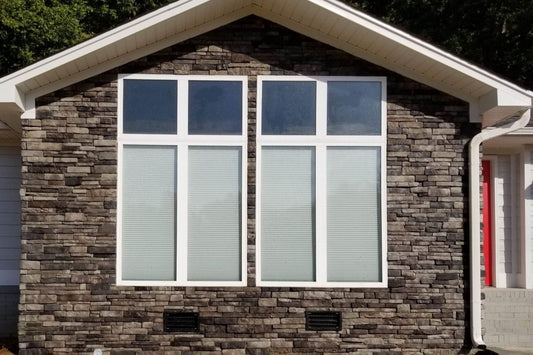
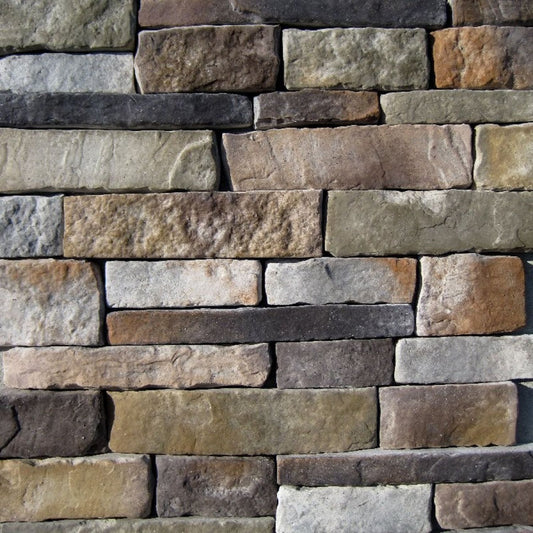
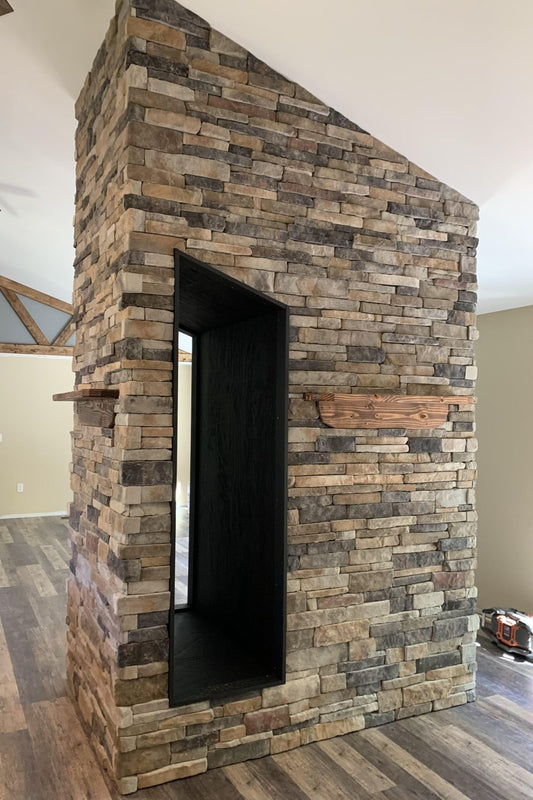
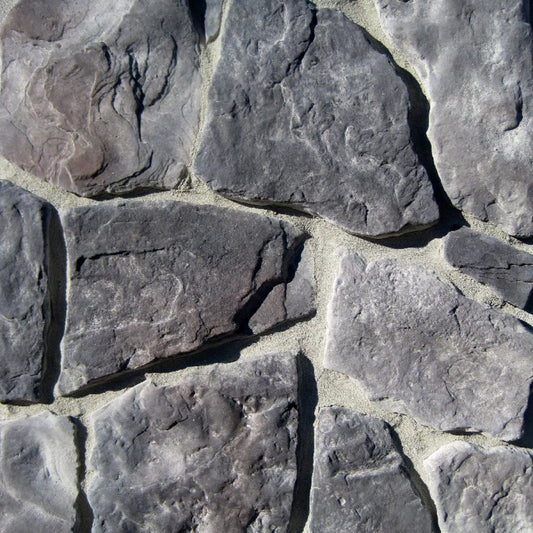
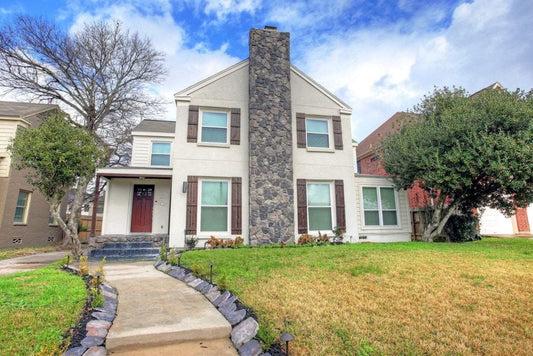
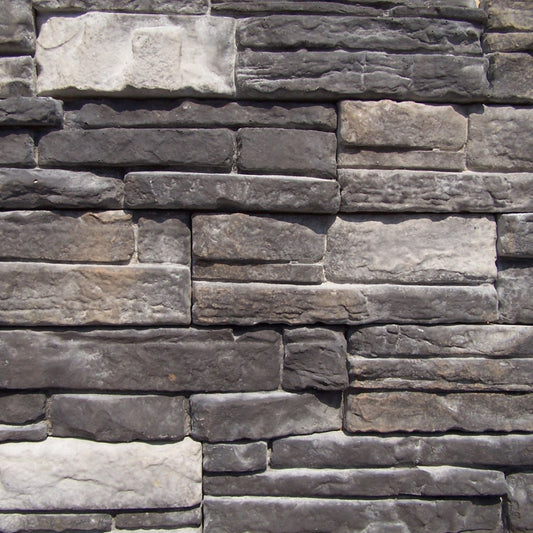
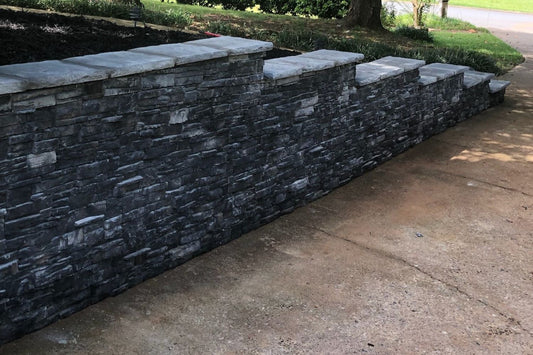
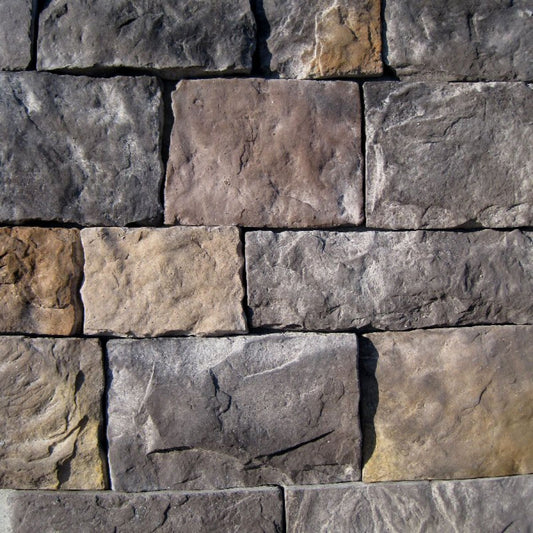





4 comments
Hi Mark,
Thank you for your question and interest in our stone veneer.
Corners are not required but they offer a professional finish by wrapping perfectly around a 90 degree outside corner. If you decide to use corners you will need to calculate the lineal feet required by simply measuring the height of all outside corners as our corners are sold by the lineal foot. On each product page there are options for both flats and corners (to the right of the main product image). Outside corners are different from inside corners. For inside corners, our flats are used. Simply run a flat piece into the corner and then a flat piece on the adjacent side.
This blog post may help: https://mountainviewstone.net/blogs/carved-in-stone/stone-veneer-corners.
Please let us know if you have any more questions!
are there premade corners available? or is it possible to make your own? inside and outside corners?
Hi Greg,
Thank you for your question and interest in our stone veneer.
Our stone veneer is suitable for interior and exterior installations.
Our installation instructions can be downloaded at https://mountainviewstone.net/pages/post-purchase-support. For the surface prep, which is the most important step, you will need to install a moisture barrier and then install wire lath over that. Make sure the nails or screws for wire lath hit studs to ensure a good foundation. Your scratch coat goes over the wire lath and then the stone veneer. We recommend our stone veneer and brick veneer be installed with Type S mortar. Mortar is recommended for installation opposed to an adhesive as mortar is cheaper than adhesive, and when installing with an adhesive you must hold the stone in place until the adhesive sets which really slows down installation time, whereas mortar instantly holds.
Please let us know if you have any more questions!
I have a home @ 5,000 ft. elevation in Tehachapi Ca. snow country. The existing exterior siding is composit wood WUI 3 T& G, can your material be installed over the existing siding? House was built in 2008’ and has Window Master plastic frame double pane windows. Can send pictures. About 2,600 sq. Ft. minus the 2 garage doors & windows. (325′ × 8′ ). Single storey, Medium Fire Hazard rated. Zero adjcent plants. Zero soil at base, either decking, or concrete, or gravel.